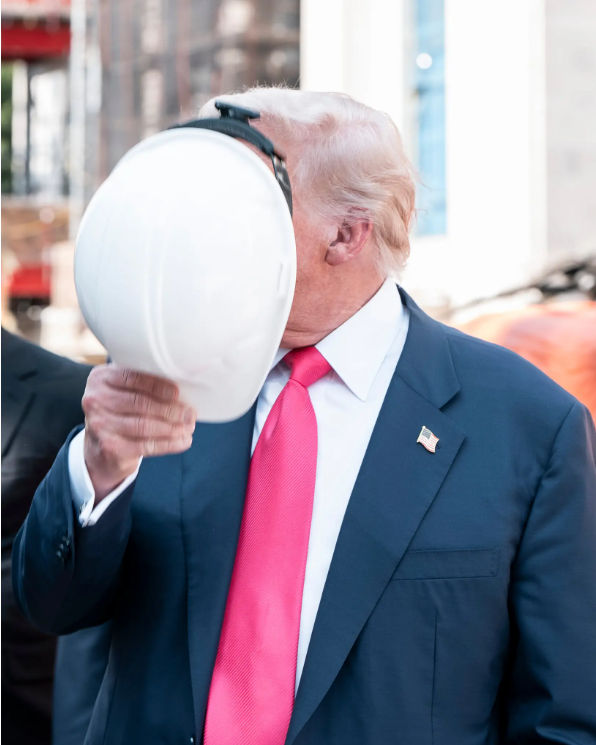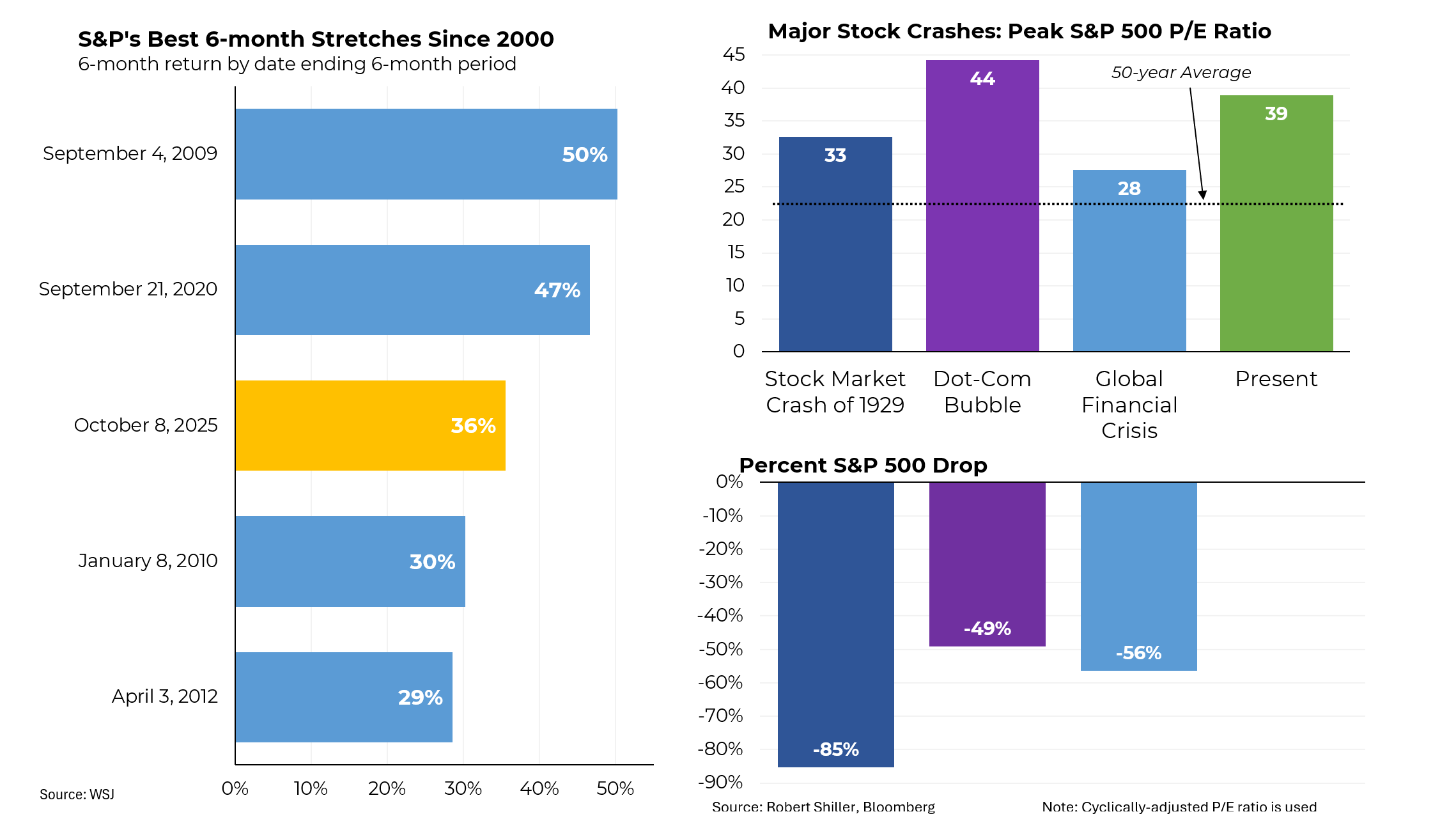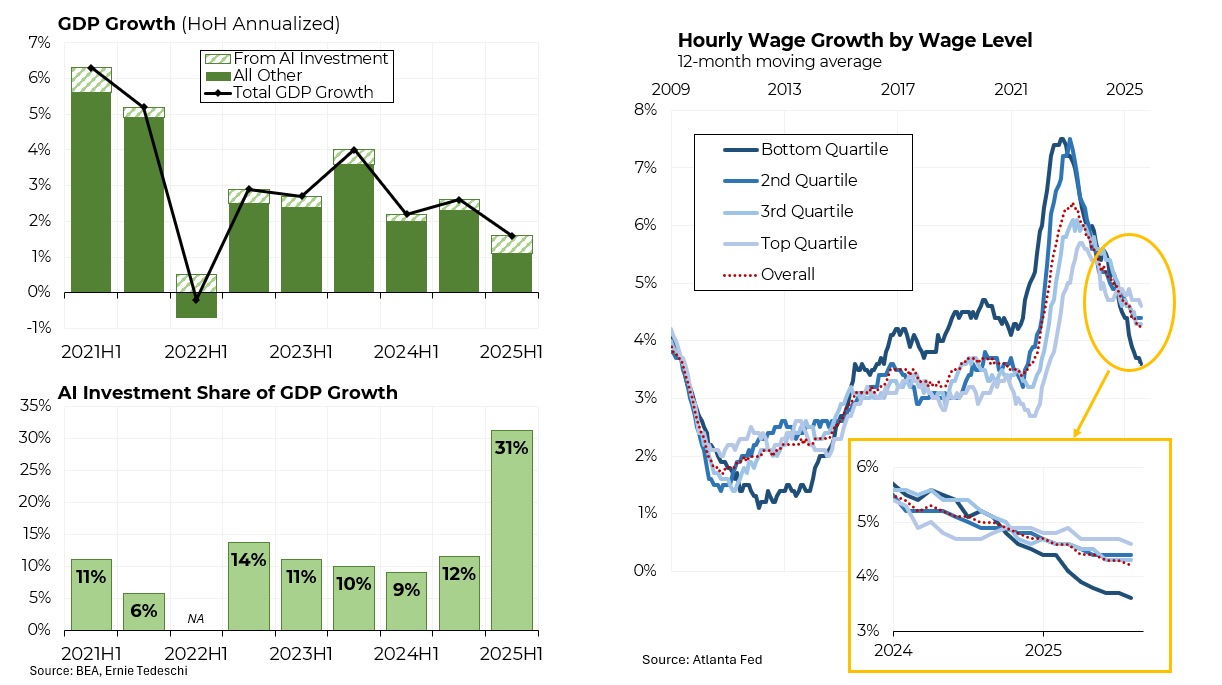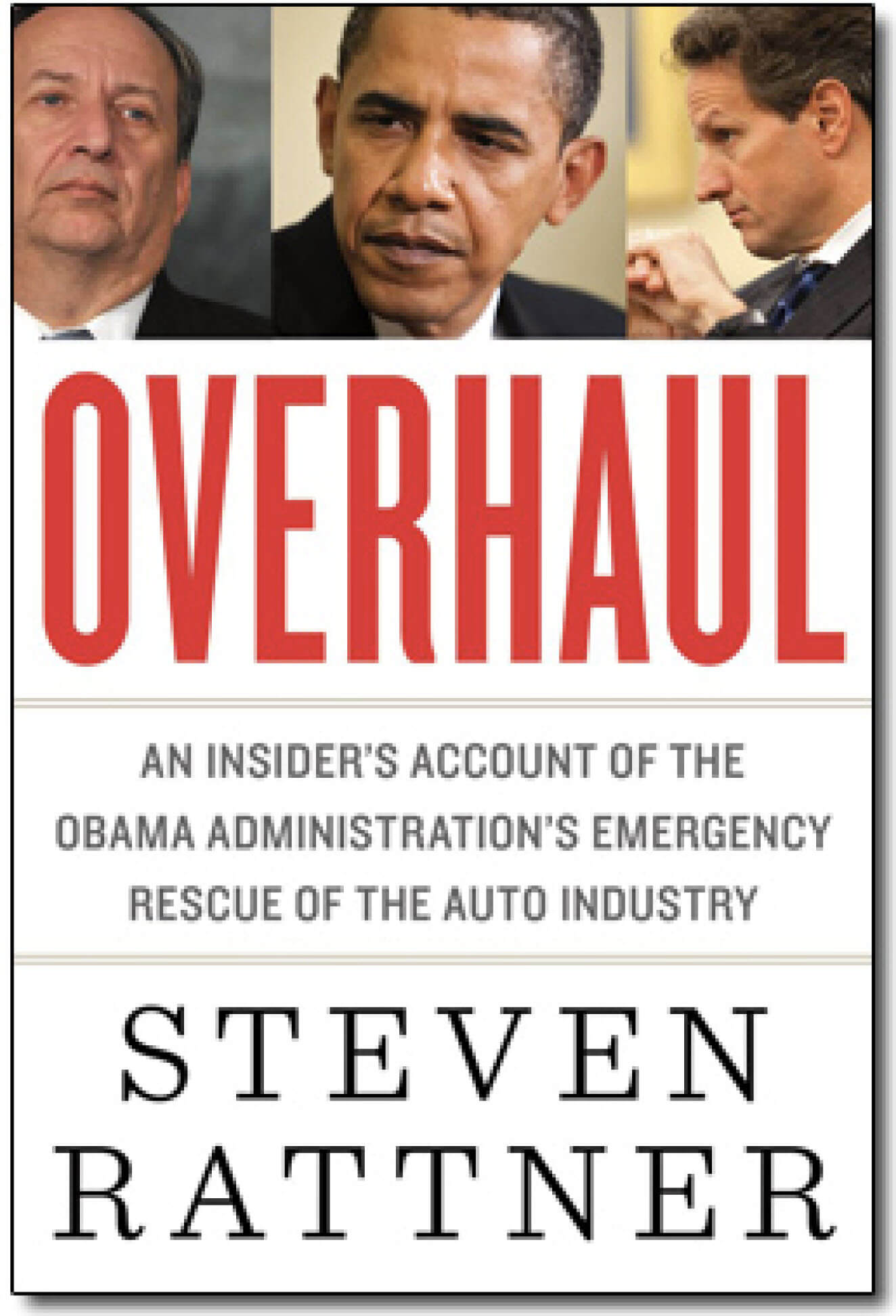Originally appeared in The New York Times.
No shortage of critics unleashed their weaponry eight years ago as the federal government intervened to save General Motors and Chrysler when they teetered near bankruptcy. Among the more notable: Mitt Romney, who’s well remembered for his 2008 New York Times Op-Ed article, “Let Detroit Go Bankrupt.”
This year’s Republican nominees have echoed Mr. Romney.
“You could have let it go bankrupt, frankly, and rebuilt itself, and a lot of people felt it should happen,” Donald Trump said last summer, adding that, without government assistance, the industry would be in the same situation. His running mate, Gov. Mike Pence of Indiana, opposed government intervention and continued to hold that position afterward. “It still would have been better if G.M. had gone through an orderly reorganization bankruptcy without taxpayer support,” he said in 2010.
Just as Mr. Romney was wrong eight years ago, so, too, have Mr. Trump and Mr. Pence been wrong more recently. I know, because as lead auto adviser in the Obama administration, I was there.
In late 2008 and early 2009, when General Motors and Chrysler exhausted their cash reserves, traditional sources of private capital that typically provide liquidity to companies during a bankruptcy reorganization fled to the sidelines.
Without government assistance (provided first by President George W. Bush and then by President Obama), the giant automakers would have been forced to stop production, lay off their workers and close their doors. The ripples would have cascaded through the auto industry, causing already strapped suppliers to shut down as well. With the flow of parts interrupted, other manufacturers, including Ford, would have been compelled to halt assembly, at least for a time.
Instead, temporary infusions of government capital helped shepherd G.M. and Chrysler through managed bankruptcies that installed new management and fundamentally restructured unsustainable liabilities and cost structures.
Fast forward to 2015, when a record number of new vehicles were sold in the United States by companies that were hiring new workers, paying existing workers more and earning the highest profits in their history. Meanwhile, of the $80 billion invested by Washington in the auto sector, all but about $9 billion was returned to taxpayers — money well spent to save a cornerstone industry and perhaps more than a million jobs.
Since 2009, double-digit unemployment rates in key auto states have dropped precipitously; the jobless rate in Michigan is currently 4.6 percent, below the national average, down from 14.9 percent in June 2009. In Mike Pence’s own Indiana — the No. 3 state for auto manufacturing — the unemployment rate is 4.8 percent, down from a peak of 10.9 percent in early 2010.
Mr. Trump’s confusion about the automobile industry extends well beyond bankruptcy questions.
In 2013, he tweeted, “After Obama bailed out G.M. for $80 billion, 7 of 10 G.M. cars made in China!” Wrong on multiple counts. It wasn’t $80 billion; it was $49.5 billion for G.M., of which $13.4 billion was provided by the Bush administration. (Another $30 billion was allocated to Chrysler and the automobile finance companies.) Nor are most G.M. cars made in China; in fact, hardly any General Motors cars made in China are brought to the United States.
In 2012, Mr. Trump tweeted that Chrysler was going to move its Jeep production to China. Wrong again. Jeep is making vehicles in China only for Asian markets.
What’s particularly notable about the auto rescue is the difference between how the auto industry was restructured and how bankruptcy has worked, Donald Trump style.
In many of Mr. Trump’s multiple insolvencies, he scratched, clawed and bullied creditors into leaving him with a substantial share in the reorganized company, allowing him to profit from any future success. He also sometimes kept a management role — or at least a title — along with hefty fees for licensing his name or providing other “services.”
By contrast, when General Motors and Chrysler entered bankruptcy, we insisted that the existing shareholders be wiped out as a condition of receiving government money. And we replaced failed management.
In fairness, Mr. Trump’s musings about the auto bailout have not always been uniformly negative. Back in 2008, he said of the auto companies, “I think the government should stand behind them 100 percent.” And a nugget of truth lies nestled in his rantings about the state of trade between Mexico and the United States. As Mexican workers have become more productive (while remaining relatively low paid), major automakers have shifted assembly to plants south of the border.
That’s an unfortunate — although not unusual — byproduct of economic development. The solution is not to slap on huge tariffs and start a disastrous trade war, as Mr. Trump suggests, but to develop new jobs requiring the higher skill levels of American workers.
Had Mr. Trump’s vision of a free-fall bankruptcy been implemented, a result would have been a dramatically shrunken American auto industry and even more of those job-killing imports that he claims to detest.








